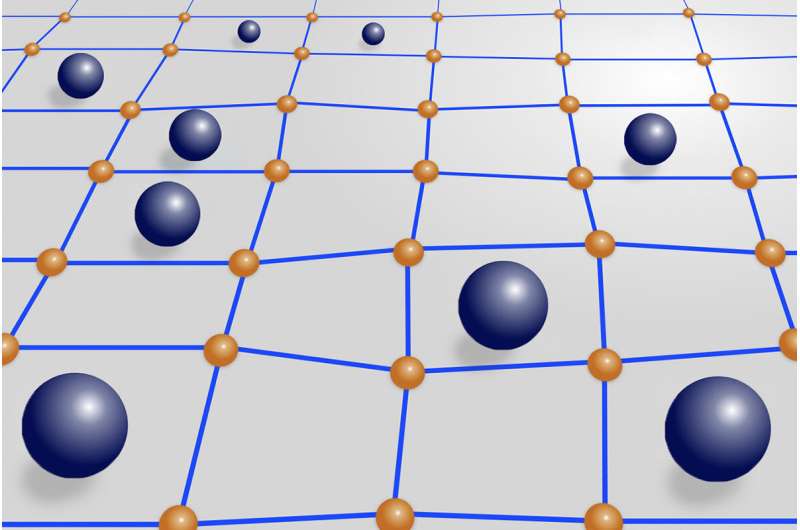Phys.org July 21, 2023
MOFs which possess a high degree of crystallinity and a large surface area with tunable inorganic nodes and organic linkers. The adsorption in MOFs changes the crystalline structure and elastic moduli. Thus, the coexistence of adsorbed/desorbed sites makes the host matrices elastically heterogeneous. To show the asymmetric role of elastic heterogeneity in the adsorption–desorption transition researchers in Japan constructed a minimal model incorporating adsorption-induced lattice expansion/contraction and an increase/decrease in the elastic moduli. They found that the transition was hindered by the entropic and energetic effects which become asymmetric in the adsorption process and desorption process, leading to the strong hysteretic nature of the transition. The adsorbed/desorbed sites exhibited spatially heterogeneous domain formation, implying that the domain morphology and interfacial area between adsorbed/desorbed sites can be controlled by elastic heterogeneity. According to the researchers their results provide a theoretical guideline for designing soft, porous crystals with tunable adsorption hysteresis and the dispersion and domain morphology of adsorbates using elastic heterogeneity…read more. TECHNICAL ARTICLE

…physical insights into porous, soft materials… Credit: Institute of Industrial Science, The University of Tokyo